PhEST: Where photography and dreams converge
PhEST: Where photography and dreams converge
September 23, 2024
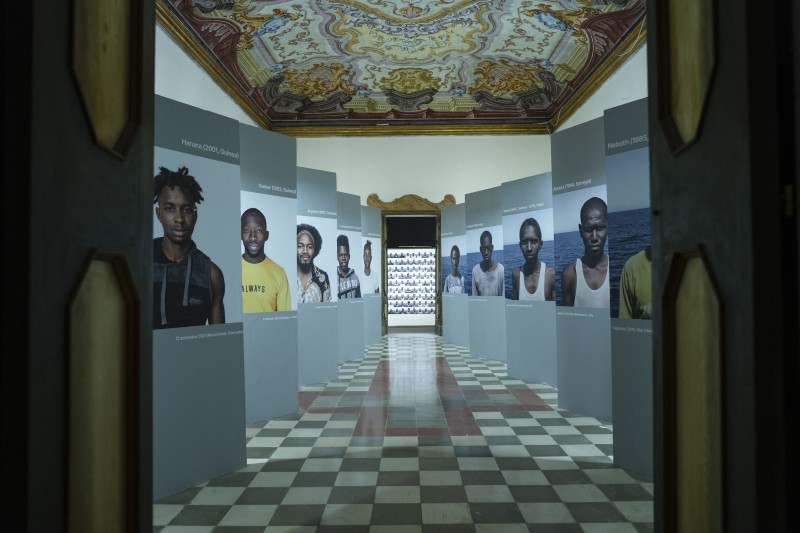
César Dezfuli © PhEST
LFI: Please tell us a little bit about yourself.
Arianna Rinaldo: I entered the photography world a bit by chance, mesmerised by the power of the visual language. I studied Classical Chinese as my BA and the concepts of representation, interpretation and symbolism have been part of my research for a long time. I learned all that I know through a variety of experiences that consequently became my CV. The starting point was an internship at the United Nations in New York where I stumbled in their photo archive and then at Magnum Photos. I never turned back. Going from the agency world to the editorial side of photography was essential to broaden my views on documentary photography. Storytelling is my obsession: I want to know the what and the why behind the work.
Curatorial work was organically the next step: to bring works in front of a broader public, to challenge their perspectives, to break stereotypes and offer new ways of looking at the world. First with Cortona On The Move and then with PhEST, now in its 9th year, I continue to look for alternative stories, different ways of narrating, original and surprising tales that can keep on fascinating us, and allowing us to understand this world we live in.
Could you give us some information about your festival?
PhEST was founded in 2016 in a beautiful seaside town in Italy’s heel, Monopoli. Together with artistic director Giovanni Troilo, we have built a great team which manages to set up more than 30 exhibitions for the viewers gathering in town at the end of the summer. We offer outdoor and indoor exhibitions, having pioneered in opening locations that had been closed and abandoned for years. Palazzo Palmieri has become our headquarters and main location, but each year we discover other jewels in the city, like Casa Santa and the San Leonardo Monastery, which became a fortuitous new presence this year. Considering that our numbers have been growing since the pandemic low, we expect more than 30.000 people like last year, throughout the two months of the festival. PhEST will be open until November 3rd.
What was the initial motivation for founding the festival?
Puglia has had a fast tourist development accompanied by a growing need for cultural activities in the last decade. Giovanni Troilo, the artistic director, is from the area, and we have known each other for years. He mentioned various times in the past that there was space for a contemporary photography festival and when the stars lined up, we proposed PhEST. It hit the right spot and Monopoli was the perfect stage for it: a large seaside town with a small pedestrian historical center, abandoned palaces to open up, and a potential viewing public, which included at first not only the tourist flow but a curious and engaged local community.
The motivation for us was to grow into an international event that could attract photographers and colleagues from around the world, offering a high-end curatorial selection, a down-to-earth organization, original productions and installations, the discovery of the hidden jewels of town and the wonderful hospitality of Southern Italy.
What characterizes the festival and the program?
Since the beginning the festival has had a strong connection with the territory. Every year we organise an artist residency at the beginning of the summer to produce work related to local culture. Through the years we have had Piero Martinello photographing the fishermen, Alejandro Chaskielberg documenting the millennial olive trees with night painting, Edoardo Delille exploring the harbours of the province, Roselena Ramistella diving into country life, Sanne De Wilde immortalising the religious processions, Mustafa Sabbagh portraying the town’s youth, Mattia Balsamini on Puglia’s surprising futuristic industry, Caimi & Piccinni on the human essence of the population, and, this year, Jan von Holleben working with Monopoli’s school children on their dreams. Every year we explore a section of this rich historical heritage through traditions and surprising innovations, on both a human and naturalistic level.
There is always a theme that accompanies every edition and around which we develop a rich program of exhibitions, talks and guided tours. Contemporary art is always included in the program where photography has a central stage. Music is also a must in our programming as it has a unifying pull and becomes a catalyser for a wider audience. The opening days include portfolio reviews, encounters with the artists, workshops and in general, a fantastic opportunity for all, established and emerging artists, to meet up with other professionals and with an enthusiastic and curious public.
How has the festival changed over the years?
Since its inception in 2016, the festival has grown, a lot. From the first edition with nine exhibitions, we have arrived in the past two years to more than 30 displays exhibited throughout 15 locations, indoor and outdoor. The young team has also developed into a professional group of people including in-house artisans that are accomplices in creating installations that are respectful of the historical nature of the locations we occupy. The level of creativity has expanded with many experts on the team, a strong communication strategy and the continuous commitment to create an ensemble that speaks to a broad audience, offering works that fascinate, provoke, encourage reflection, move and, over all, can make a difference.
Can you name a highlight of this year’s edition?
This year the theme is The Dream. Man Ray is the core exhibition which set the tone for the thinking process that led the curatorial selection. From very man-made images, like Jan von Holleben’s tableaux with children as protagonists to works completely digitally created through AI by Polina Kostanda and the duo Serifa, we really have no limits in the type of style, technique, stories we like to tell. From Paolo Ventura’s physically theatrical images to Gauri Gill’s symphony of photography and traditional Warli drawings, we love to expand the viewer’s mind to the possibilities of photographic art and visual storytelling. From the committed black and white documentary photography of Richard Sharum to the constructed and symbolic literary world of Valentina Vannicola, we love to surprise ourselves and the audience with reality and fiction, sometimes leaving an ambiguous gap to fill in between.
A highlight of this year's edition is also the necessary Focus Palestine, where we dedicated the whole location of Casa Santa (a former orphanage) to the complex situation in the Middle East, highlighting the historical facts thanks to the archival images collected in the book Against Erasure (published by Haymarket Books), and a contemporary look at ordinary life and resistance in Palestine with works by Antonio Faccilongo, Maen Hammad, Adam Rouhana.
What plans and visions do you have for the future of the festival?
We have been very ambitious in creating such a powerful festival in a short period of time. With a strong connection to the region and a glance towards the world, we want to continue to reach out and grow our audience. We are creating a space for ourselves in the south of Italy, offering a high-quality festival and envision it to become a reference point in the industry, looking out from the Mediterranean in all directions.
Ariana Rinaldo+-
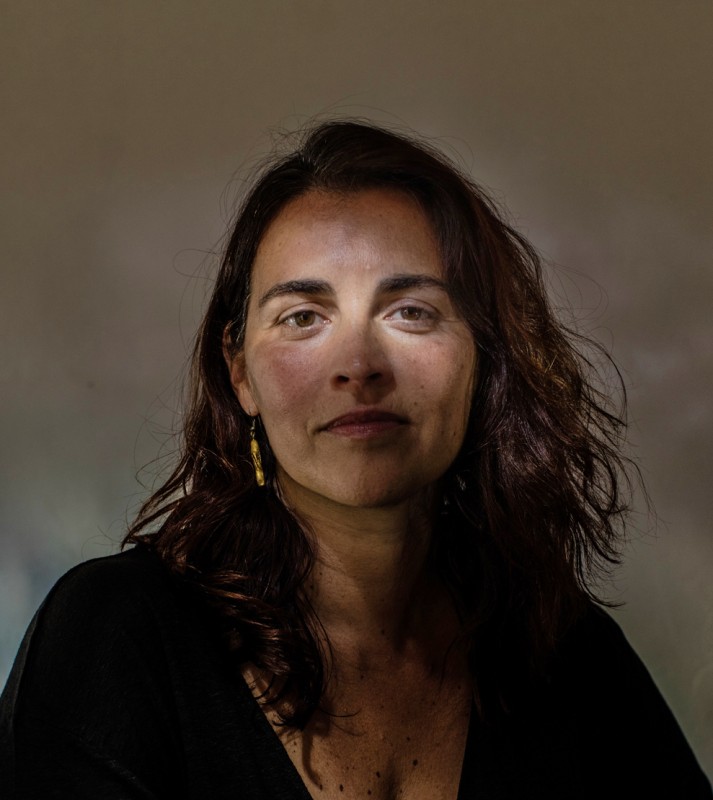
The Independent curator, photography consultant and freelance photo editor works with a wide range of photography. From 2012 to 2021 she was the Artistic Director of the international festival Cortona On The Move. Since 2016 she is the Photography Curator at PhEST. Arianna’s relationship with photography started in 1998 as Archive Director at Magnum Photos in New York; and later as Photo Editor for Colors magazine in Italy. Based in Milan from 2004 to 2011, Arianna worked as a freelance curator and a photo consultant for various publications, including four years at D, the weekend supplement of La Repubblica (2008-2011). She was also the Editorial Director of OjodePez, the bilingual documentary photo magazine published by La Fabrica in Madrid, for eight years. Based in Barcelona since 2012, Arianna continues to develop photography projects at an international level. Besides her curatorial activity, Arianna is engaged in leading workshops and masterclasses, as well as private mentorship sessions. She is on the selection committee of various institutions, including the Leica Oskar Barnack Award, the British Journal of Photography Ones to Watch, and the Deutsche Börse Photography Foundation Prize.

César Dezfuli © PhEST
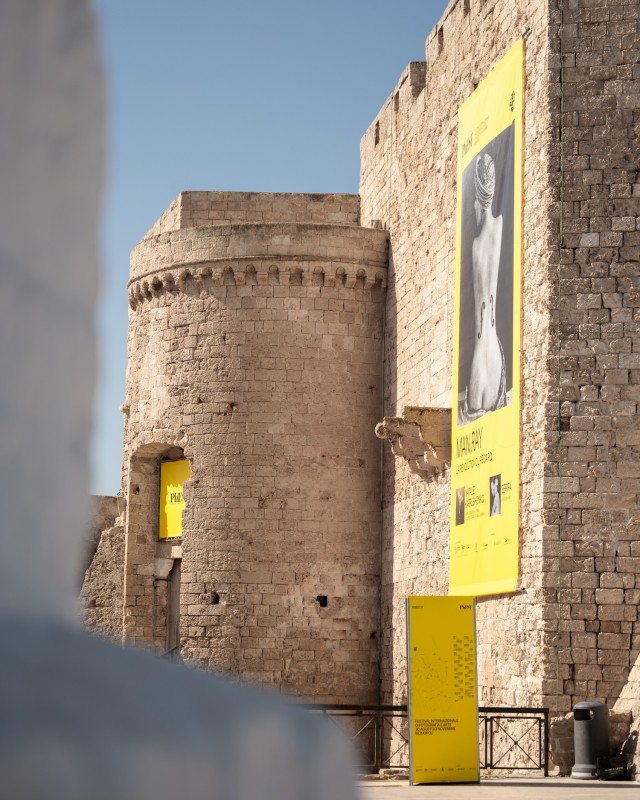
Man Ray at Castello Carlo V © Marco Falcone
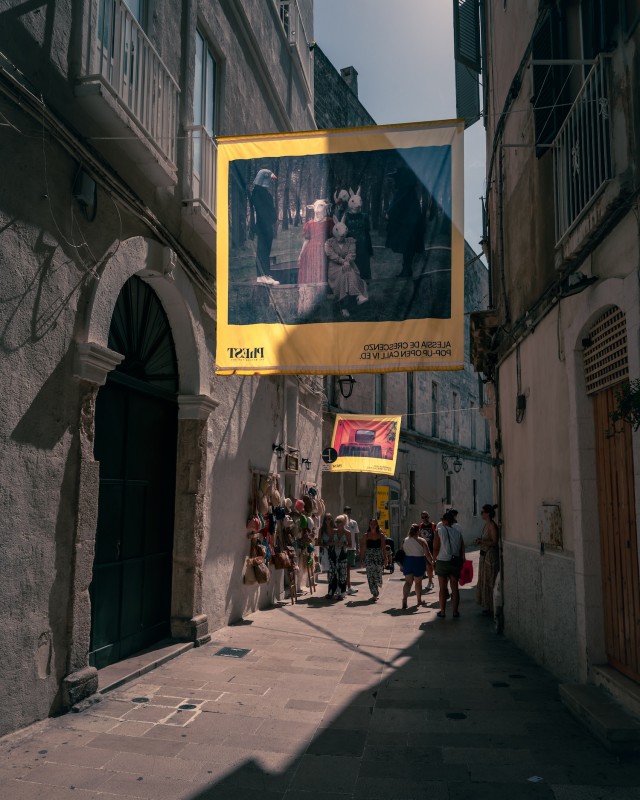
PhEST in the streets of Monopoli © Marco Falcone
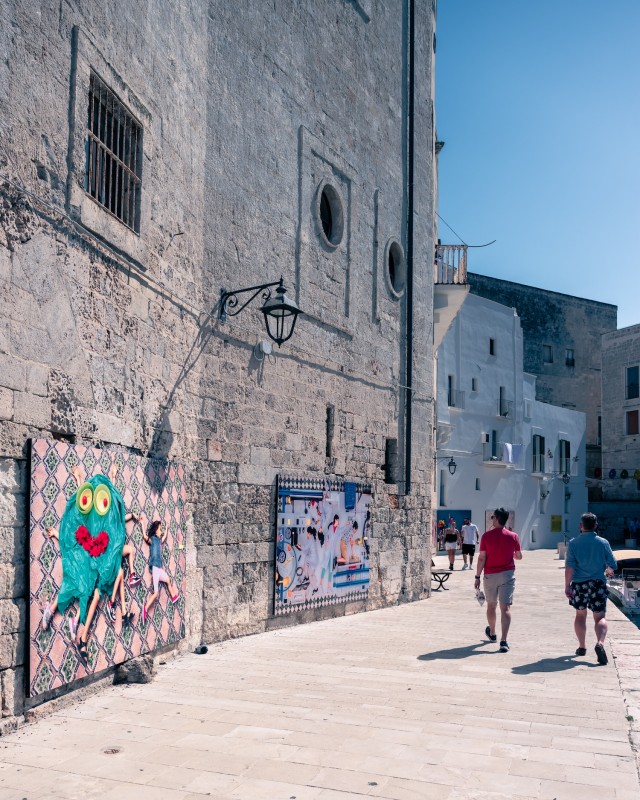
Jan von Holleben at Porto Vecchio © Marco Falcone
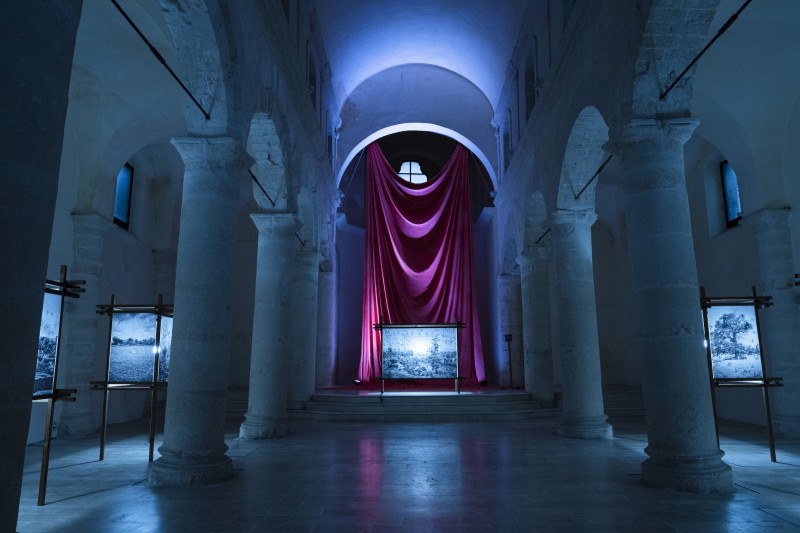
Gauri Gill © PhEST
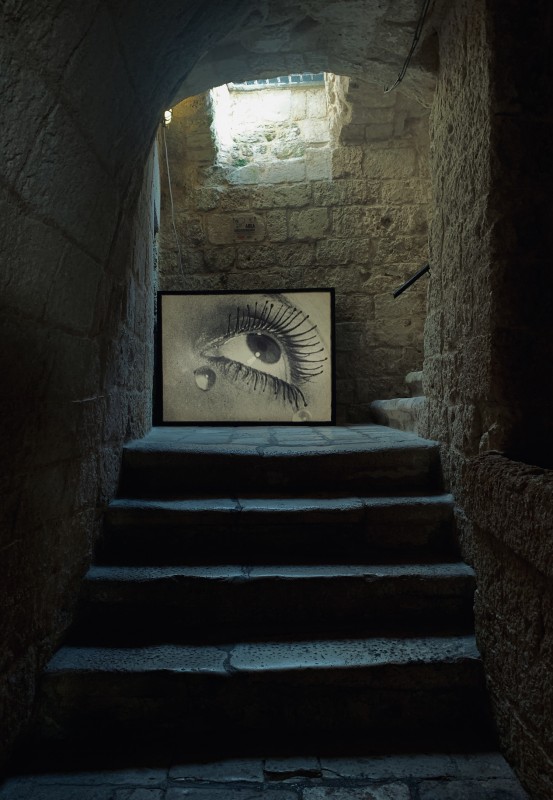
Man Ray © PhEST
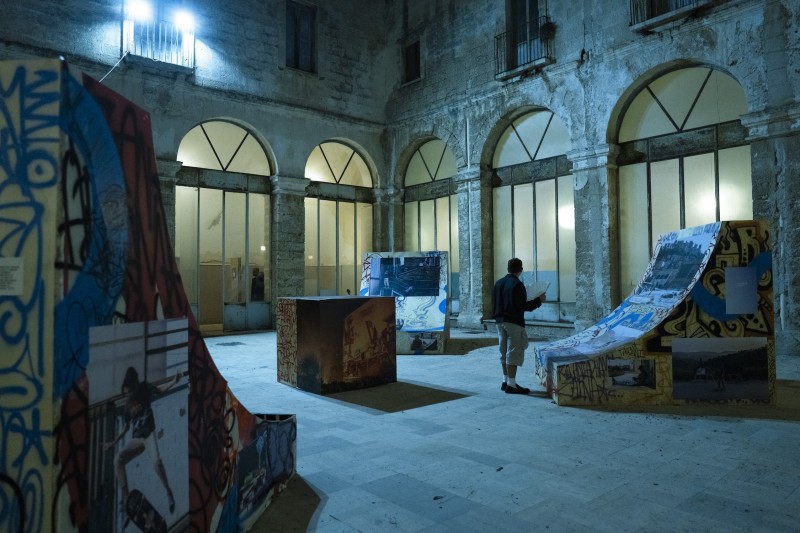
Maen Hammad © PhEST
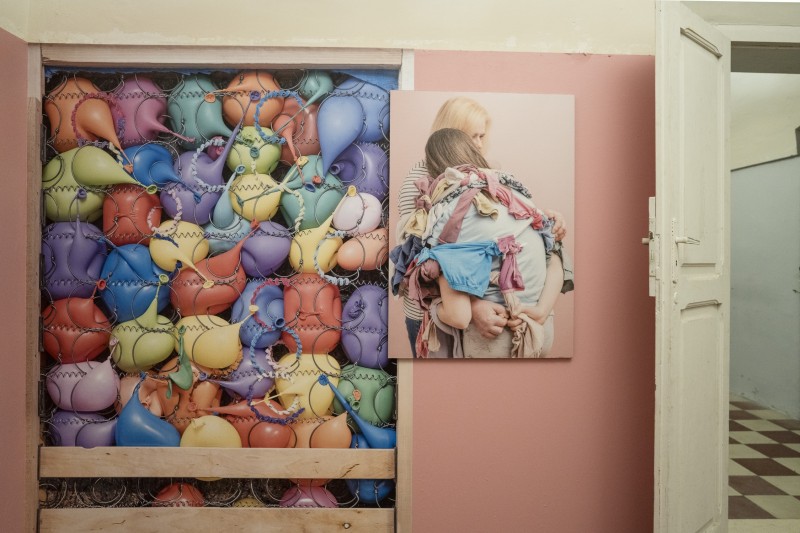
Michalina Kacperak © PhEST
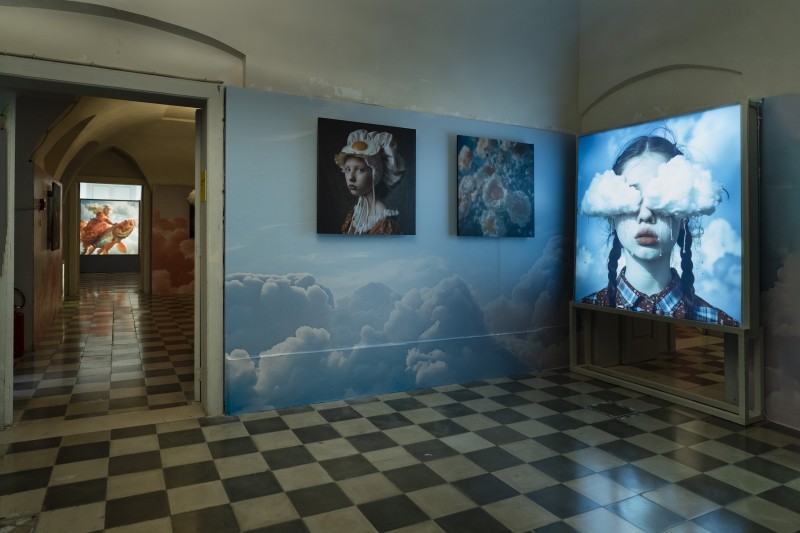
Polina Kostanda © PhEST
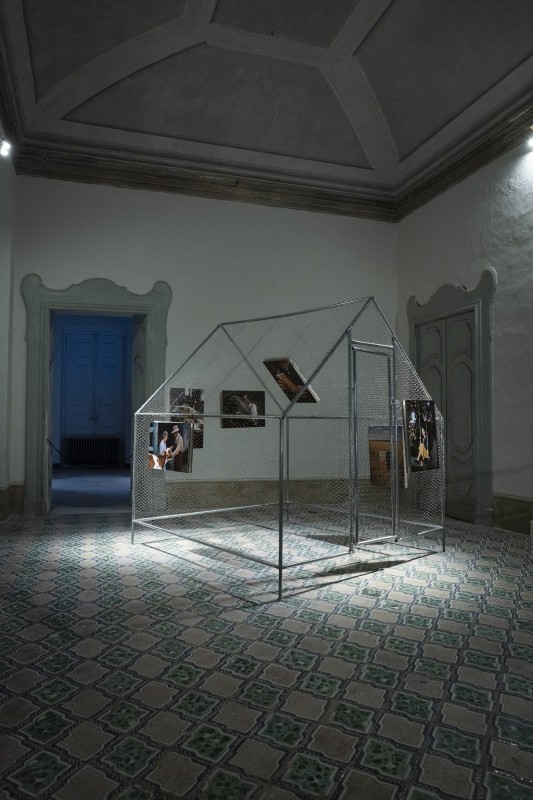
Bruce Eesly © PhEST
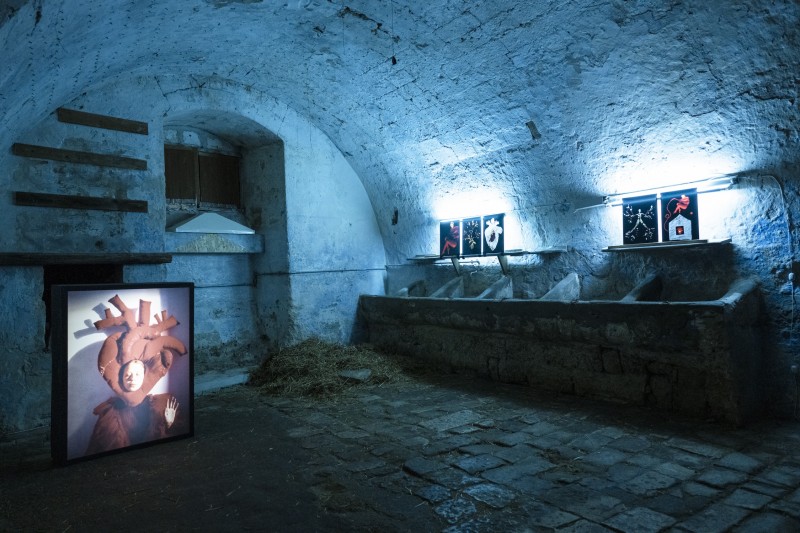
Polina Osipova © PhEST
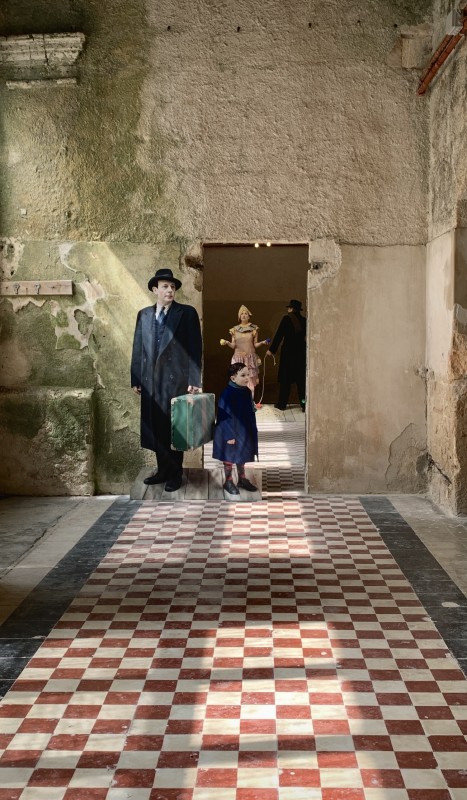
Paolo Ventura © PhEST